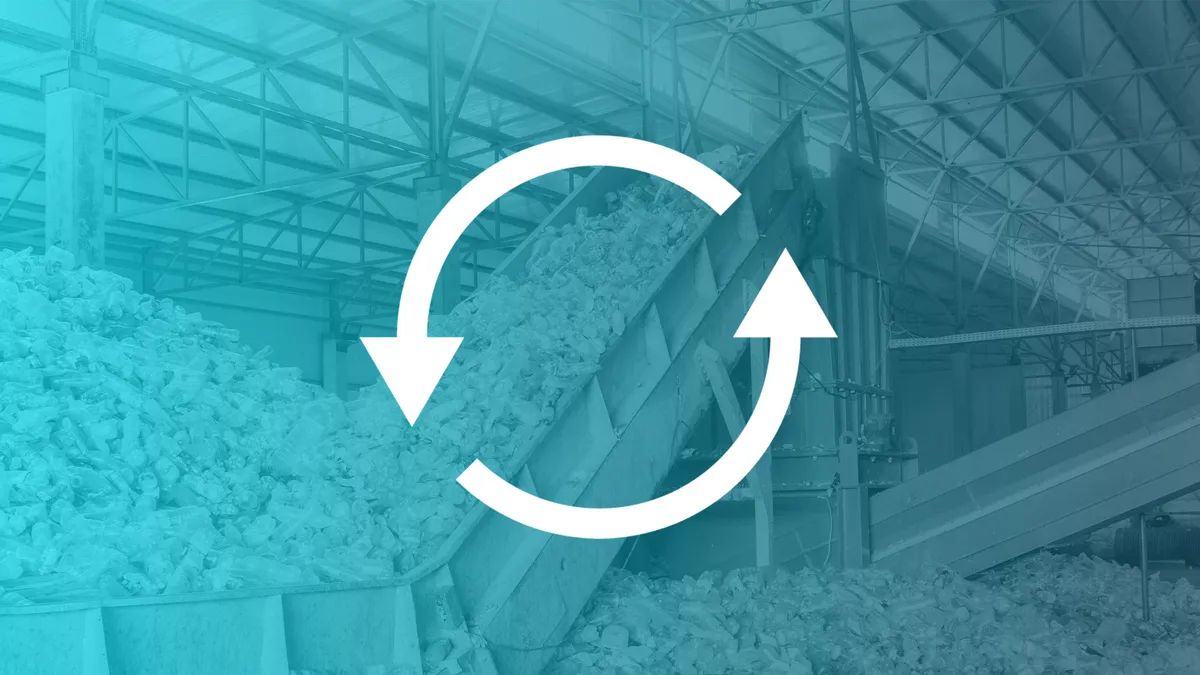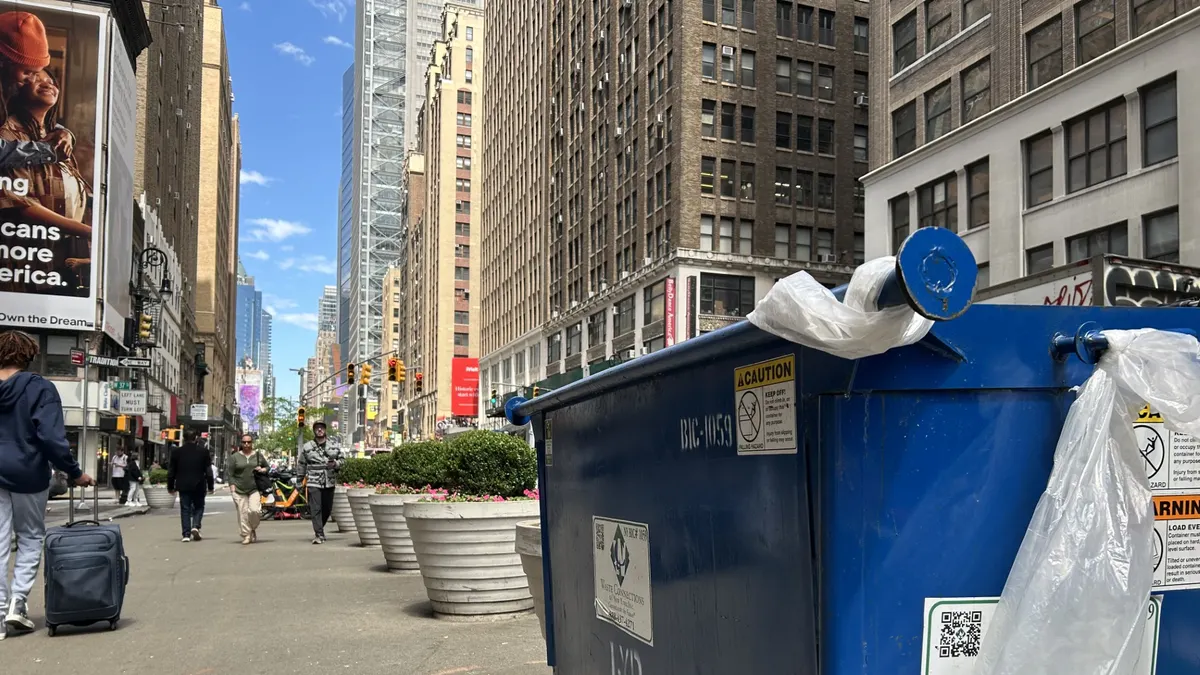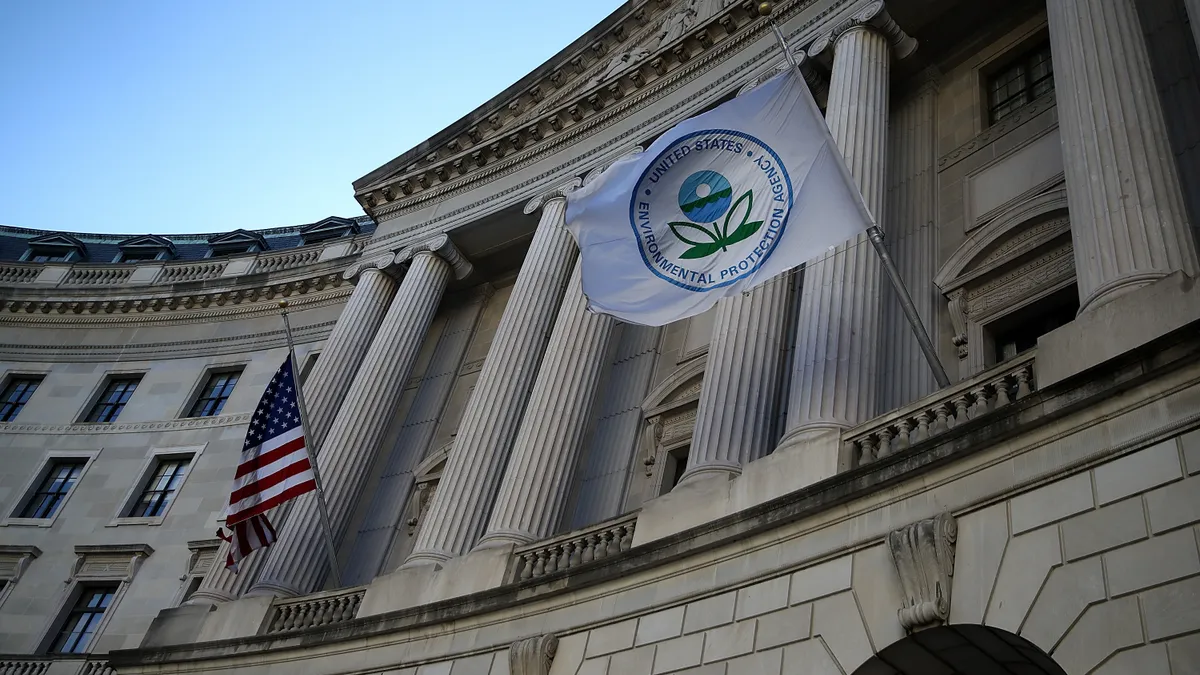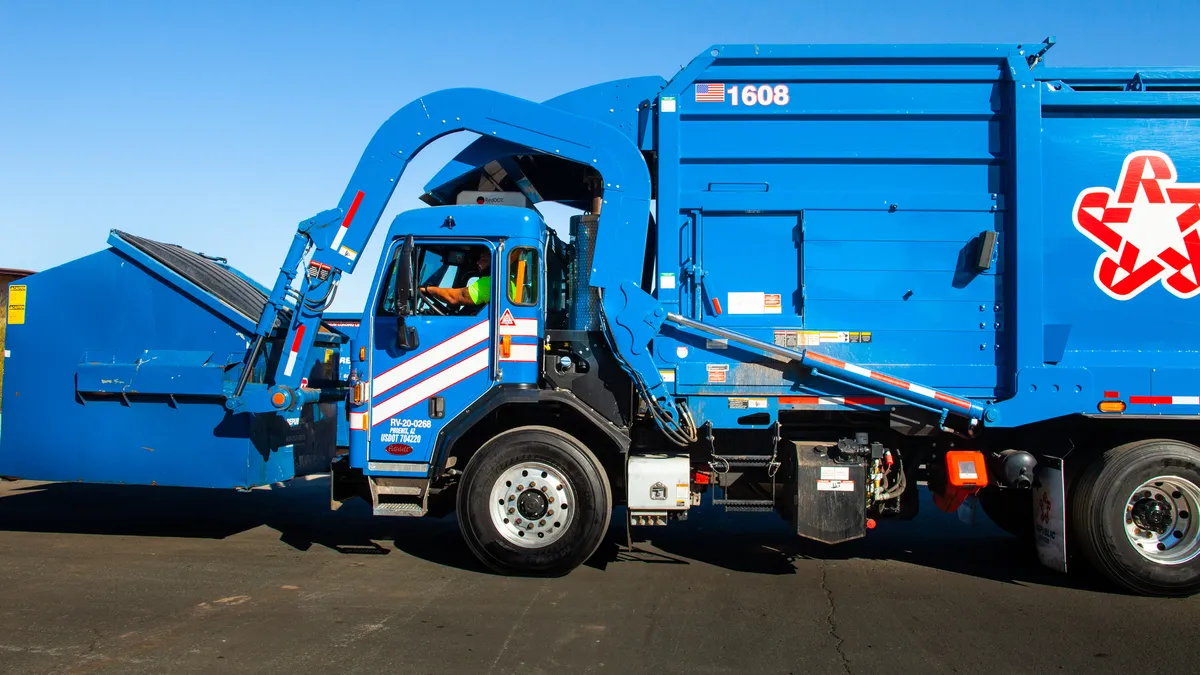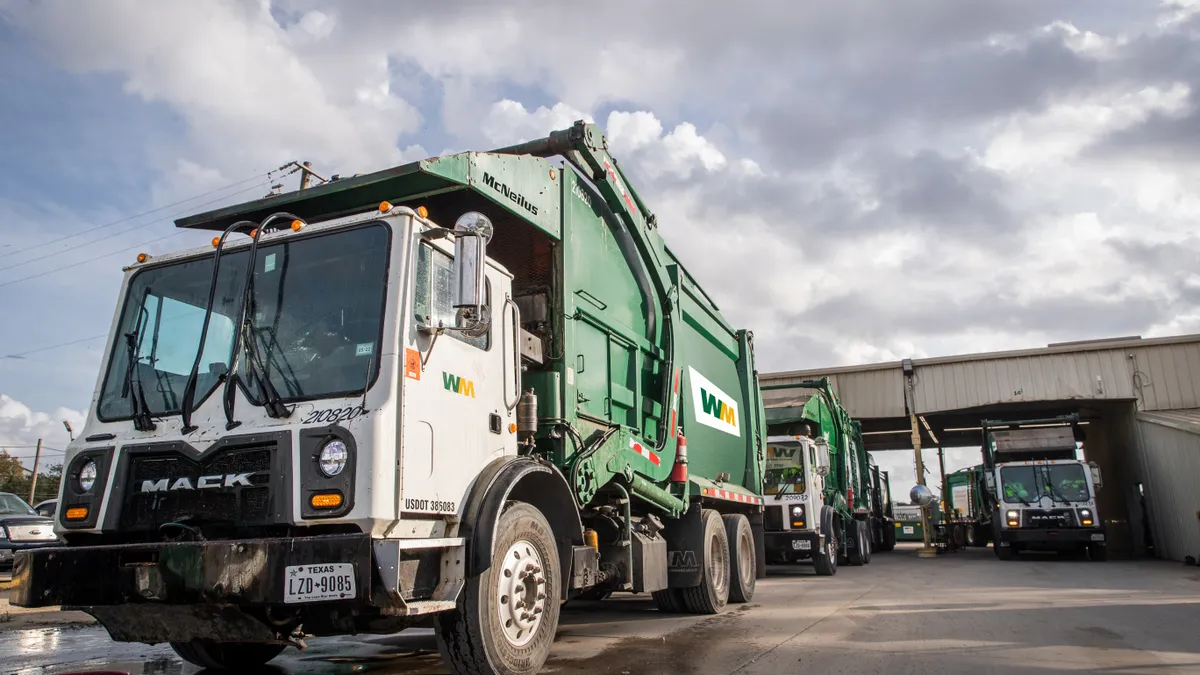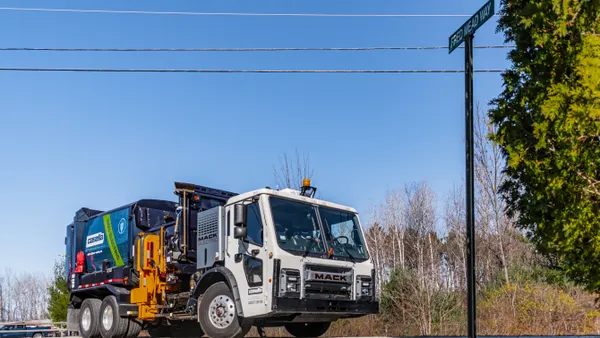In a difficult and eventful year, discussions around zero waste policy have not always taken center stage. The recent National Zero Waste Conference offered signs of where the movement is heading and why participants see many opportunities for change.
Originally scheduled by the National Recycling Coalition (NRC) for March in California, the conference was among the first industry events to be affected by the pandemic. The three-day virtual event held in early December also included a National Recycling Congress that organizers hope can serve as a model for future state events.
As all eyes turn to 2021 priorities, these are five themes – among many – that emerged.
Zero waste models are expanding
While zero waste is often associated with big, long-term targets, the event had multiple examples of how businesses can take tangible near-term steps and communities can use the concept as a framework for long-term planning.
Stephanie Barger, director of market transformation and development for the TRUE Zero Waste certification program, reported her organization had certified 186 facilities across 14 countries to date. To be eligible, facilities must reach an average 90% diversion rate in multiple categories.
Major companies that hit the mark include Toyota, Tesla, Microsoft and HP. The event featured presentations from California-based Sierra Nevada Brewing Co. and Strauss Family Creamery about how their own steps toward these goals often saved money along the way.
Presentations also focused on how communities can think about their own targets, drawing on examples from San Diego and the Global Alliance for Incinerator Alternatives' (GAIA) Zero Waste Masterplan.
"Businesses will save money if you do it right and communities can minimize their investments by carefully, strategically designing their policies, programs and infrastructure," said Gary Liss, vice president of Zero Waste USA and a conference organizer. Liss made the case that even communities struggling with budget limitations from the pandemic can still make moves with well-crafted public-private partnerships on new programs or infrastructure.
Plastics remain a priority
These ubiquitous petroleum-based products have taken center stage in recent recycling discussions and multiple speakers advocated for major policy changes.
Recology CEO Michael Sangiacomo focused on the company's pandemic-delayed push to get a plastics tax on the ballot in California this year, describing plastics as the material with “the least clear path to sustainability.” He anticipated getting confirmation by January about whether the initiative would appear on the 2022 ballot. Sangiacomo said multiple product companies have reached out to understand how they might meet these goals, but made a case that the solution can't just be market-based.
“The ballot initiative seeks to accelerate that process," he said, adding a financial approach is "the only way to get their attention."
California's recently passed recycled content law for plastic beverage containers was viewed by many as positive, and a new report from the state's recycling commission is expected soon, but local and state officials plan to continue pushing for more action.
“Whether it’s a voluntary or a mandatory approach, none of the things to date have worked. They really haven’t. They’ve worked a little bit, but we’ve got a proliferation of plastics," said Jared Blumenfeld, California's secretary for environmental protection.
Blumenfeld said the disruption from National Sword, and heightened consumer awareness around recycling, presented a clear economic development opportunity for the state to encourage more local infrastructure.
“We shouldn’t have anything that is sold in California that can’t be recycled in California," he said.
Infrastructure remains a limitation
Among debates around collection frequency and methods, the conference also highlighted the limitations of current infrastructure at the MRF and processing level.
Nina Butler, CEO of research and consulting firm More Recycling, said the level of plastics production now clearly outweighs the increase in recycling capacity. She outlined how even if efforts to drive up recycling participation were "wildly successful," the current U.S. system wouldn't "have anything close to the capacity to handle this material." Butler advocated for a price on carbon as one mechanism to curtail this plastics output, while also making the case that infrastructure for mechanical and chemical recycling (only for certain materials) should be expanded in a targeted fashion.
“There is plastic and without a system to capture it we will continue to contribute plastic in the environment," said Butler.
Multiple recyclers also discussed how infrastructure limitations could affect recycled content mandates like California's, as well as the voluntary pledges made by many manufacturers.
“It’s not really clear where all that material is going to come from because the infrastructure and the capture rates nationally are just not there," said Martin Bourque, executive director of the Ecology Center in Berkeley. Bourque noted optimism about companies throughout the supply chain working more collaboratively on new initiatives, with a caveat. “[T]he question is will that opportunity be squandered on marketing solutions as opposed to real substantive solutions.”
Jeff Donlevy, a general manager at Ming's Recycling, also said California's new law would require significant changes and more broadly discussed how the shift "from recycling good material into trying to recycle a lot of material" had caused challenges. On plastics, he said manufacturers should move away from colored PET and incompatible labels where possible to simplify the process.
“There’s too many products out there that are contaminating the products than can be recycled," said Donlevy.
Lynn Hoffman, co-president of Minnesota's Eureka Recycling, said efforts to sell PET directly back to a beverage manufacturer had been hindered by the company's reluctance to manage the mixture of colors and labels it created. Like others, she advocated for stronger policies to "decouple recycled content from virgin fossil fuels" in terms of pricing and go beyond voluntary corporate pledges.
“Despite these expressed goals, without any regulation or teeth or any meaningful [extended producer responsibility] it’s really the community that's footing the bill," she said.
Zero waste can play a bigger role in climate and racial justice movements
As calls for fundamental changes to social, economic and environmental systems grow louder, multiple speakers made the case for a greater focus on zero waste goals in that dialogue. Speakers also made the case for zero waste concepts helping improve climate resilience by mitigating emissions through organics recycling and other steps.
Maggie Clarke, a researcher and consultant from New York, outlined how waste has a much greater emissions footprint when factoring in upstream impacts. Through this sustainable materials management lens, managing consumption becomes the key focal point. Clarke also highlighted how the exclusion of a serious focus on waste in Green New Deal proposals was a missed opportunity.
“It’s not just that we’re reducing the amount of waste, but we’re also reducing climate change," she said.
The event also highlighted the need to consider environmental justice factors and community benefits as new waste or recycling infrastructure is developed.
A zero waste plan developed in Baltimore this year, which included plans for a community land trust and economic development via new recycling infrastructure, was held up as a key example. While proponents recognized a newly extended incinerator contract was a setback in their efforts, they were optimistic about having support from the city's new mayor. A new goal is to ensure the city's new public works director supports this plan, and the group encouraged other municipalities to take bold steps.
“The power is within the communities and so nothing is ever too big," said Shashawnda Campbell, an organizer with United Workers.
Others also called on the sector to take a closer look at making racial equity part of the zero waste movement's work.
“This traditionally has been a very white male industry," California's Blumenfeld said of recycling. "So thinking about how we can really bring the full diversity of all our communities into this field, and not just in the sorting line but in every facet and element of a circular economy, is going to be critical."
NRC making moves, "buy recycled" a top priority
After successfully hosting its first conference in many years, the NRC plans to develop policy recommendations for 2021 to help support decisions by lawmakers. Multiple panelists were hopeful about influencing national policy, based on the incoming Biden administration's goals, and think there could be movement in Congress.
“There’s a lot of activity for the first time in decades there, and I’m hopeful personally that some of those bills could find their way into responses to climate change, infrastructure or even COVID relief bills," said Liss, pointing to the Zero Waste Act as an example. “Hopefully those types of bills and their language will find their way into the major initiatives that will be coming out in the next administration."
The NRC also plans to relaunch its Buy Recycled Business Alliance, which Liss said had more than 7,000 members during the 1990s. Butler of More Recycling said she thinks the NRC could be in a unique position to help shape public messaging on this front, and the concept came up often during the conference. The U.S. EPA is also in the process of reviewing its own guidelines on the topic, and many view this as a key area to make tangible voluntary and legislative progress next year.
Susan Kinsella, the executive director of Conservatree who is known for her decades-long work on this issue, said "the fastest and the most comprehensive way to reduce manufacturing’s production footprint" is for companies to make recycled content a standard part of their processes.
“We want to get to a future where we don’t have to be asking for recycled products," she said.



